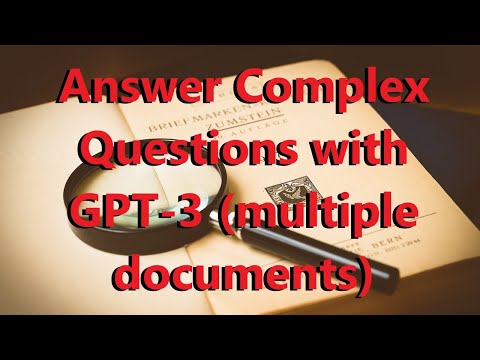Description:
Learn how to build a system that answers complex questions from large document sets using vector search and GPT-3 in this comprehensive tutorial video. Explore techniques for breaking text into indexable chunks, building a knowledge base, and leveraging GPT-3 to generate detailed summaries and answers. Discover methods for handling unicode conversion, JSON file storage, and troubleshooting common issues. Apply these concepts to analyze real-world examples, including the Supreme Court's decision on Roe v. Wade. Gain practical insights into creating an advanced question-answering system capable of processing arbitrary data sources and providing intelligent responses.

Answer Complex Questions From an Arbitrarily Large Set of Documents With Vector Search and GPT-3
Add to list
#Computer Science
#Artificial Intelligence
#Natural Language Processing (NLP)
#LLM (Large Language Model)
#GPT-3
#ChatGPT
#Machine Learning
#Vector Search